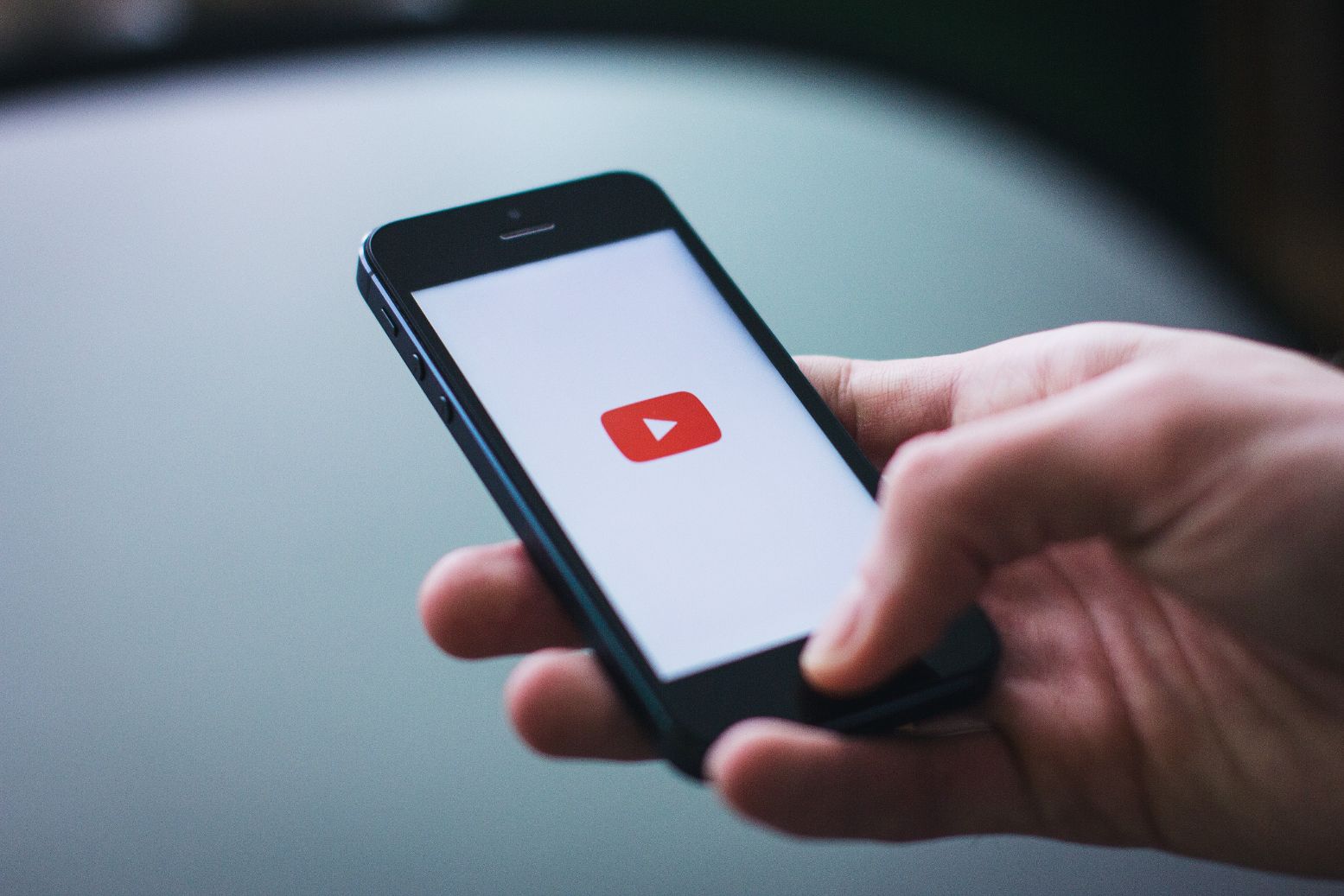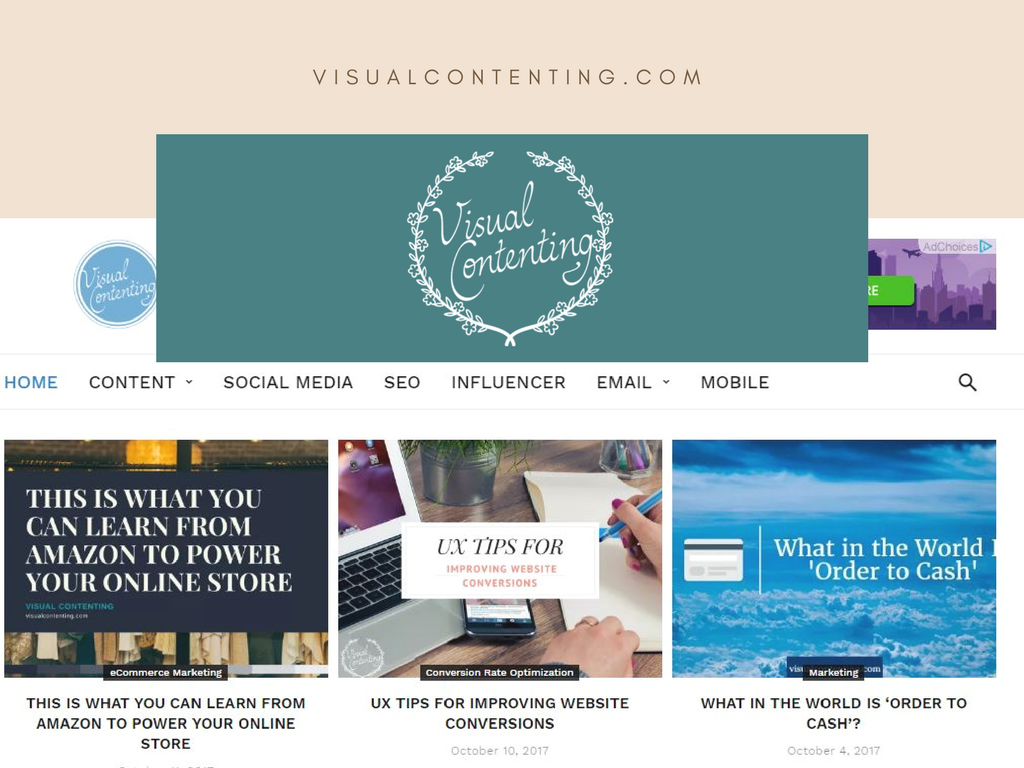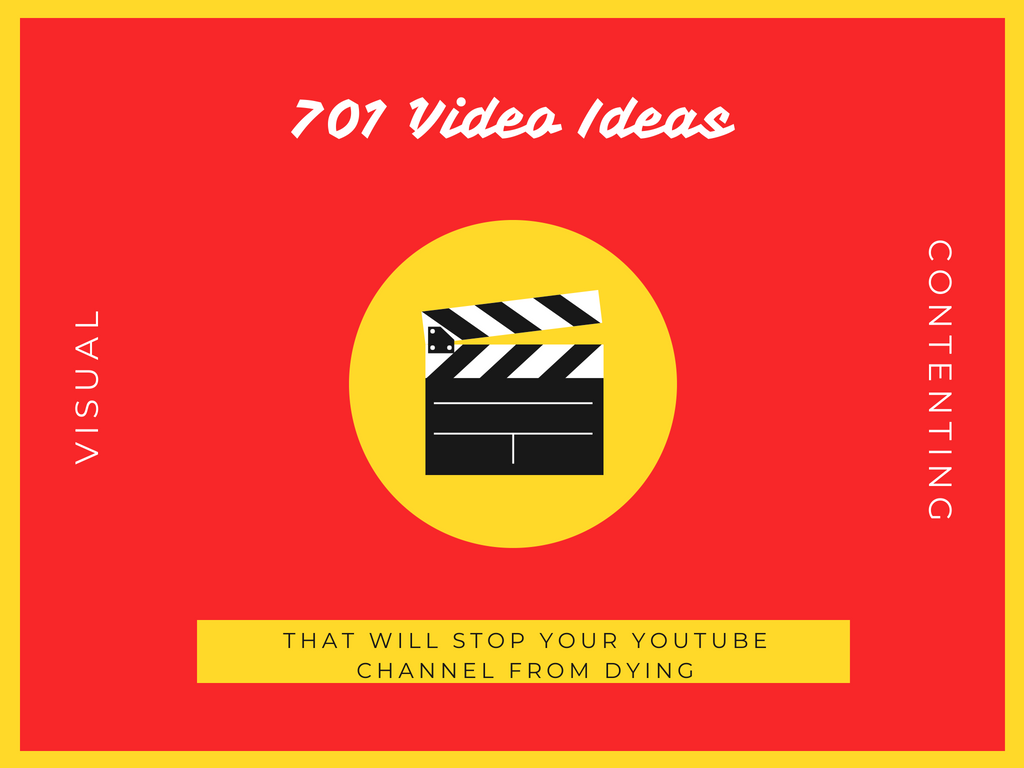As 2020 nears its end, many marketing professionals are ironing out plans for how they’ll promote products and reach customers in 2021.
1. A Rise in Marketing Videos with Animation
People should expect to see more animated videos populating the marketing landscape in 2021. For starters, because they're still less common than more conventional options, an excellently produced video featuring animation could help companies and products stand out from the pack. Animated videos are still novel to many people, so they'll be more likely to pay attention than tune out.
Additionally, animation can be an excellent vehicle for explaining advanced concepts and breaking them down for a broader audience. That’s one of the reasons it’s so common to see educational videos that use this technique. If a company’s marketing team wants to make their content more accessible, animation could be a crucial tool to help that happen during the coming year.
Companies do not necessarily need to invest in fully animated videos to meet their goals, however. One possibility is to have a clip featuring an animated character who interacts with several humans. Alternatively, animating a single element, such as a logo, could also make videos more engaging.
Recommended: Pictures in Numbers: Some Notable Facts and Stats on Video Marketing
2. More Companies Targeting Mobile Users with Videos
Though the COVID-19 pandemic accelerated changes in the ways people view videos, it was not the only driver of the trending consumer preference to see videos on smaller screens via mobile data networks. Today’s smartphones are increasingly advanced, with many seeming more like miniature computers than devices once primarily used to make and receive calls.
This shift means many marketers will adjust to the times and assume a sizable segment of viewers may only see videos on mobile devices. They’ll also consider how to resonate with that portion of the audience.
For example, an ad’s content may speak specifically to people who are likely viewing on a mobile device instead of their TV. Plus, considering the continued potential to display video ads before and during YouTube clips or between segments of Hulu content, marketers will keep striving to get their main points across in shorter time frames that suit people’s preferences for streaming content.
3. An Increase in Product-Related Technical Videos
Marketing experts have long known that videos can convey things when text alone falls short. Many people quickly get bored reading technical specifications or instruction sheets, but they stay engaged through the opportunity to watch videos that supplement the text they read.
This reality does not mean marketers will move away from creating bulleted lists of product features. However, they will increasingly look for ways to increase customer interest through videos, especially those that show the benefits of highly technical or specialized products.
One potential approach to take is arranging videos in a gallery format, then providing bullet points along with each clip. People will naturally want to browse a company’s options, and many may wish to get more details that bullet points alone offer. Instead of a marketer using several paragraphs to explain how a technical product functions, they could show people through videos.
4. A Renewed Dedication to Original Videos
The COVID-19 pandemic resulted in many marketing budget cuts throughout 2020. In other cases, teams had to delay or cancel product launch events that included in-person activities. Most health officials warn that even if researchers find viable vaccines, it will take a while to distribute them worldwide. Thus, the novel coronavirus will still likely factor into at least part of 2021.
However, recent research showed some surprising conclusions about what marketers continue to prioritize even with smaller budgets. For example, it revealed that 53% of marketing professionals started publishing videos to reach people in new ways during the pandemic.
Moreover, the study indicated that before COVID-19 became a public health threat, 24% of companies reported that they did not create original content, including videos. The segment of marketers citing that specific dropped to 11%.
These findings strongly suggest more marketers will conclude that it makes sense to produce original video content in 2021. They recognize that it helps them connect with audiences and view originality as a valuable quality for videos, even as budgets shrink. Plus, original content can boost a brand’s visibility and authority in ways shared videos from other sources don’t.
5. A Push to Meet Consumers’ Core Needs with Videos
Many of the world’s most successful and enduring products are those that directly address buyers’ fundamental needs. A recent Think With Google feature asserted that the pandemic caused more interest in videos that addressed a few essential requirements.
Self-care was the first aspect studied. The article pointed to a 25% increase in people seeking videos with nature sounds to calm them during stressful times. Viewers also loved videos featuring beauty tips about how to alter their routines during the pandemic.
Social connection came next. Google’s piece mentioned how live videos of music performances helped people enjoy cultural offerings together, despite their physical distance.
Identity was the third prong identified as a foundational human need that became increasingly apparent during the pandemic. When restrictions forced salons to close, people relied on how-to videos to keep their locks tamed. Many also retained their connections with religious communities by attending livestreamed services or choir practices.
Marketers already know how vital it is for consumers to perceive their products as valuable. During 2021, people should expect a heightened focus on these three areas within video marketing plans.
For example, if a company releases a new shampoo line, the accompanying marketing videos could highlight several ways to incorporate the products into a self-care routine. The tips might include washing hair after a workout or planning showering habits to support peaceful sleep.
Recommended: Video Marketing – How to Incorporate Video In Your Strategies
6. Continued Increases in Social Video Ad Spending
Social media will continue as a prominent outlet for marketing videos in 2021. Predictions indicated that social ad spending would grow 44% in 2021 compared to the 2019 numbers. Marketers now know that the rampant popularity of social media platforms could help their video clips gain traction.
There are virtually no limits to how creative, forward-thinking marketers could use video marketing on social platforms next year. In one case, Chobani took to Instagram to promote its Almost Milk oat-based dairy alternative products. The video’s theme played on the common phrase about not crying over spilled milk.
Similar campaigns that aim to relate to users and make them smile will almost certainly pop up in 2021. Marketers should expect TikTok to play a particularly prominent role in their video marketing efforts, too.
Now, TikTok exclusively makes revenue through advertising. However, as the platform continues appealing to younger generations already accustomed to purchasing things online, analysts tapped 2021 as the year when TikTok would branch out by facilitating the direct buying and selling of items.
Marketers have already experimented with using TikTok to stimulate brand awareness and audience participation. As they think about what 2021 might bring, they should consider possibilities for encouraging purchases through TikTok, too.
Staying Responsive Will Get Results
If 2020 proved anything with certainty, it was that staying agile is vital for remaining relevant and profitable in the marketplace. These six trends will help marketers decide how to distribute their budgets in 2021 and which specific ways they should use videos to connect with their audiences.
However, the discussions here do not represent the full extent of happenings on the horizon. Thus, marketers should consider how the points discussed here could apply to their plans for next year while staying abreast of other consumer spending patterns, product preferences and the most used platforms for enjoying videos.
Video marketing is not going away anytime soon, and the most likely outcome is that it will continue gaining strength. However, the most successful efforts will account for marketplace shifts, including and beyond those explored here.
Committing to monitoring the circumstances for emerging trends will help marketers retain their readiness to release videos that delight consumers and cause conversions.
Related Posts
Devin Partida writes about topics concerning tech and the internet. She is also the Editor-in-Chief of ReHack.com.








[…] Recommended: 6 Video Marketing Predictions for 2021 […]